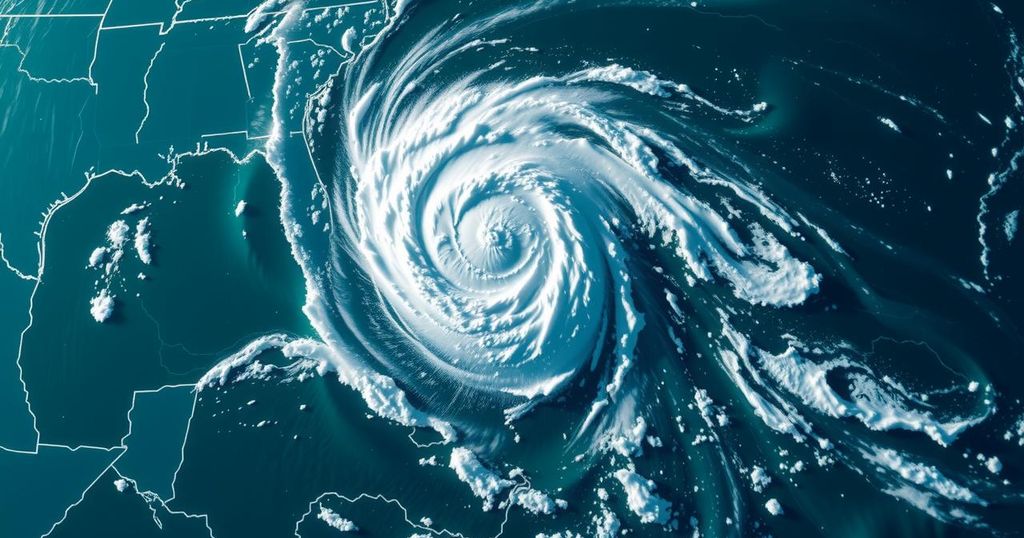Potential Formation of Tropical Storm Patty as NHC Tracks Tropical Waves
The National Hurricane Center is observing three tropical waves, with potential conditions for the formation of Tropical Storm Patty in late October to early November. The Central American Gyre may facilitate this development, though the precise impacts on Florida remain unclear at this time. Understanding these waves and environmental conditions is crucial for predicting any potential storms as the hurricane season progresses.
The National Hurricane Center is monitoring three tropical waves in the Atlantic, signaling the potential formation of Tropical Storm Patty by late October or early November. Following the previous activity of Hurricane Milton, the Atlantic basin has remained comparatively quiet. AccuWeather indicates that the Central American Gyre might act to generate a tropical depression or storm during this period, particularly involving warm sea temperatures and low wind shear. As the hurricane season approaches its conclusion, tropical development typically concentrates around the Caribbean, Gulf of Mexico, and Southeast U.S. Coasts. Currently, the three tracked waves exhibit minimal convection – a crucial element for thunderstorm formation. One wave is positioned just east of the Windward Islands, the second is located in the central Caribbean, and the last hails from off the coast of Africa. Understanding the nature of tropical waves is vital, given that they contribute to approximately 85% of tropical storms. These waves can lead to more organized disturbances due to conditions conducive to their development. Should a storm form, it is uncertain whether it will impact Florida directly. Historical trends suggest that late season storms often shift toward Central America or northeast towards Cuba and the Bahamas. The Central American Gyre, a significant influence on weather patterns in that region, may facilitate the development of these systems. In the Gulf of Mexico, a high-pressure ridge is generating moderate winds, while the Caribbean is experiencing strong trade winds influenced by the tropical waves present. As of now, the conditions are expected to shift as the waves progress through the Caribbean, altering wind patterns. The Atlantic hurricane season, which spans from June 1 to November 30, remains a critical period for monitoring these storm systems as they evolve.
The Atlantic hurricane season, extending from June 1 to November 30, has seen relatively low activity following Hurricane Milton’s landfall. However, three tropical waves are currently under the watch of the National Hurricane Center, suggesting the potential for a new tropical storm, possibly named Patty, to form as late October transitions into early November. Weather patterns influenced by the Central American Gyre and existing ocean temperatures play significant roles in any potential storm development in the coming weeks. Understanding tropical waves and their impact is crucial, as they are often precursors to larger storm systems.
In conclusion, while Tropical Storm Patty’s development is a possibility as observed by the National Hurricane Center, the exact trajectory and intensity remain uncertain. Residents in Florida and the surrounding regions should stay informed as conditions evolve. The interplay of warm sea temperatures, wind shear, and the Central American Gyre will significantly dictate future storm behavior during the latter stages of the hurricane season.
Original Source: www.pnj.com




Post Comment